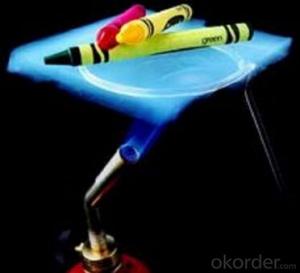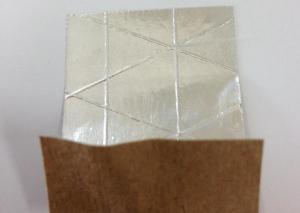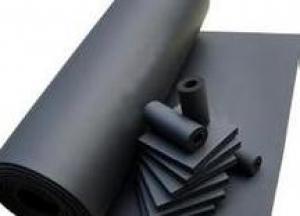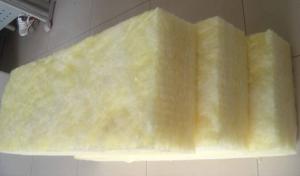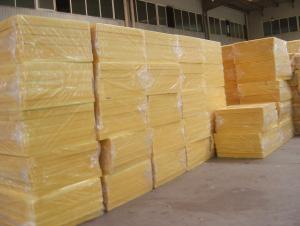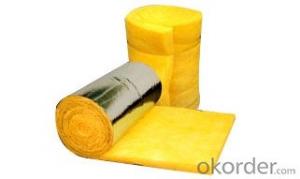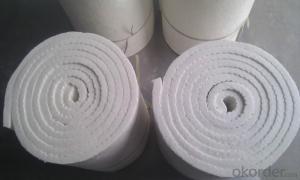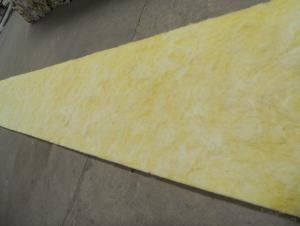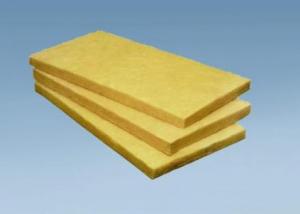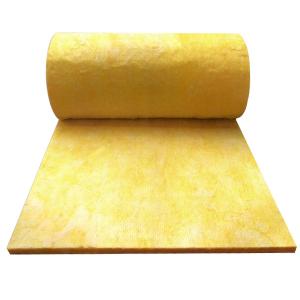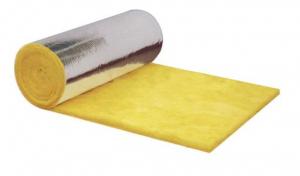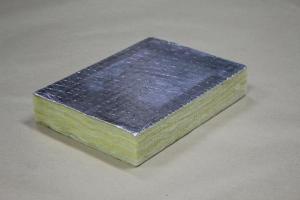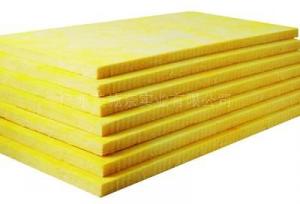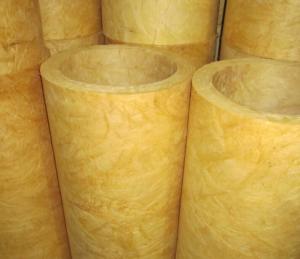High Performance Thermal Performance Insulation Aerogel Felts
- Loading Port:
- Tianjin
- Payment Terms:
- TT OR LC
- Min Order Qty:
- 10000 m²
- Supply Capability:
- 10000000 m²/month
OKorder Service Pledge
OKorder Financial Service
You Might Also Like
1.Description
Aerogel Insulation Felts
Using special nanotechnology, It combines a silica aerogel with reinforcing fibers to deliver very low thermal conductivity, low density and good flexibility in an environmentally safe product. It provides excellent properties of waterproof, sound absorption and shock absorption. It is an alternative to the common, environment unfriendly, inferior insulation products, such as PU, asbestos insulation felt, silicate fibers, etc.
2.Specifications
1.Superior Thermal Performance
2.Long service life
3.Environmentally Safe
4.Sound resistance
3. Advantages
(1).Superior Thermal Performance
The maximum use temperature is 1000℃,Its thermal conductivity is 1/3~1/5 of common insulators, helping reduce heat loss and optimizing space utility.
(2). Long service life
Unlike other traditional insulation materials, aerogel ’s three- dimensional, structure inhibits sintering warpage, and particles stack which may occur under hot temperature for long time. Therefore, aerogel insulation has long service life.
(3). Physically Robust:
It has flexibility and high tensile strength, resisting stretching and stress from linear contraction when temperature changes.
(4). Environmentally Safe:
Composed of inorganic materials, it contains no hazard. Stripping little chloridionm will cause no corrosion to the equipments and pipes.
Sound resistance and Shock Absorption
sound resistance and shock absorption help better the environment quality.
(5). Easy to Install
Extremely low density (200kg/m3) contributes to easy-to-cut and easy-to-install.
4. Technical Standard
Property | Unit | Techicial Standard | |
(refractoriness) | ---- | A Grade | |
(Density) | kg/m3 | <220< span=""> | |
(Lyophobic) | % | >99 | |
Thermal Conductivity | 25℃ | W/(m·K) | ≤0.023 |
70℃ | ≤0.029 | ||
200℃ | ≤0.036 | ||
300℃ | ≤0.045 | ||
400℃ | ≤0.056 | ||
5. Application
Oil pipe, steam pipe, refrigerator interlining, oil tank, central airconditioning pipe, chemical pipe with the requirement of fire resistance, vehicle thermal insulation, national defence, military industry, heat supply pipelines in city insulation, biological medicine pipes and equipment and so on.

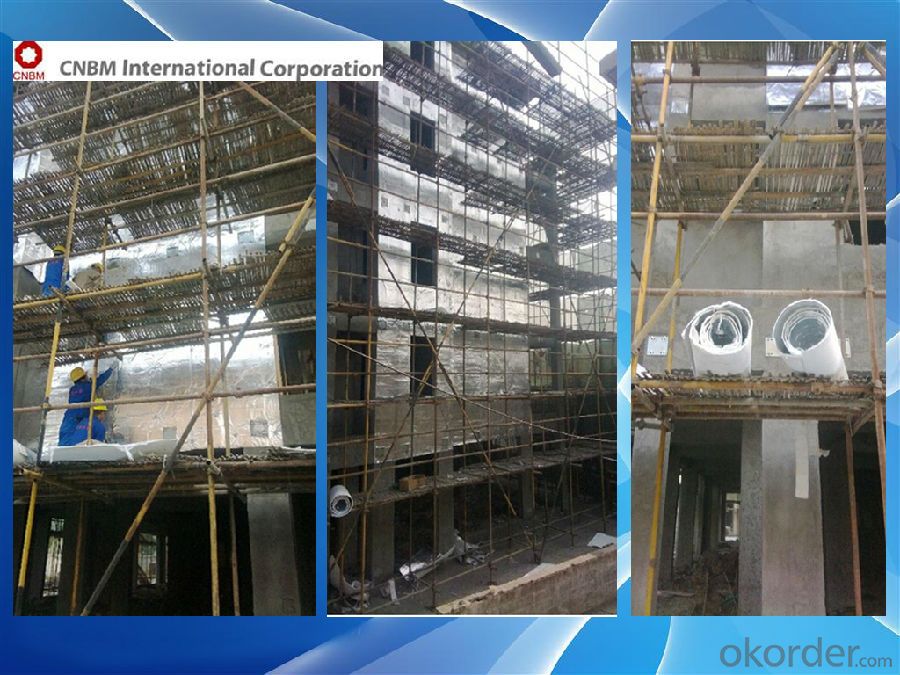

- Q:What is the difference between anti-high temperature glass wool and ordinary glass wool?
- High-temperature glass wool is made of lathy glass fibers without shot. Compared with other kinds of insulation materials, it will not be broken due to water or rain, and it can still remain its insulation properties unchanged after drying in the sun (Thermal insulation materials have hydrophobicity which doesn’t mean that the materials are not hydrophilic but means that the discharge capacity for absorbed moisture). High-temperature glass wool is a thermal insulation material that can resist high temperature with its lightweight, lasting durability and excellent thermal insulation property, the material that is made up of uniform and slender and elastic glass fibers as well as special high-temperature adhesive. The outer protective layer of thermal insulation structure can use galvanized iron sheet based on specific circumstances. Application of high-temperature glass wool: It is widely used in equipment and pipelines of electric power, petroleum, chemical industry, light industry, metallurgy and other industries, serving as the thermal insulation.
- Q:What are the differences among glass wool, rock wool and mineral wool?
- Glass wool is usually used in the industrial field, that is glass?silk. Rock wool is generally used in external thermal insulation of pipelines, and in the sound insulation of partitions or the thermal insulation of ceilings. You must know about mineral?wool?boards, generally, they are used in office as suspended ceilings. The main function of which is sound absorption. If you want thermal insulation and sound absorption, you can use them both, haha.
- Q:What are the differences between glass wool and natural cotton? Are there any differences when touching?
- The glass wool has no peculiar smell. The natural cotton refers to cotton with no use of pesticides and chemical mordants from plantation to processing. It has advantages of aging resistance and sound absorption (effective sound insulation), etc. So it belongs to glass in terms of chemical composition. The ashes of natural cotton being burned are gray, almost black dust. The main feature of it is good perspiration absorption, then burn it: cut a small piece of cotton, it is comfortable, so I can not tell you about it. Distinguish method, it is the most suitable material for human skin for its green and environmental protection process. It can directly touches human skin, has no pilling. And it is antistatic and antipruritic with no use of pesticides and chemical mordants. Glass wool is fireproof: as for the hand feeling, I do not know any differences between them. Glass wool fiberizes the melten glass. Since the glass wool is fireproof and moisture-proof, forgive me. Cotton with no industrial sewage discharges during production has no ashes. (Ps, to form a cotton-like material
- Q:what is the specification of glass wool sound-absorbing board?
- General specifications include 600 * 600600 * 500 * 1200-1200/12000300/400 mm thickness is usually 14 to 22 mm. . Glass wool belongs to a category of glass fiber, and is a kind of man-made inorganic fiber. Glass wool is a kind of spongiform material shaped by making melten glass fibering, it's chemical content belongs to glass and is a kind of inorganic fiber. It has good molding, small bulk density, low thermal conductivity, good thermal insulation and heat insulation, good sound absorption, corrosion resistance and stable chemical performance. Centrifugal glass wool belongs to porous materials and has good sound absorption performance. Centrifugal glass wool can sound-absorbing reason is not due to the rough surface, but because of there exist a large number of internal and external connected tiny pore and holes. When sound waves enter on the centrifugal glass wool, sound waves can follow the internal pore into inner material, cause the vibration of air molecules in space. Because of the friction of air viscous resistance and air molecules and pore wall, sound energy is wore down after being transferred into heat energy.
- Q:does the glass wool can be used as building materials?
- Currently, it is still good.
- Q:What are the advantages of Rock wool and import glass wool respectively?
- Rock wool: Also known as rock cotton, mineral rock. With minerals as raw materials, it is fluffy short fine fibers. Main raw materials such as basalt, pyroxenite, dolomite, iron ore, bauxite will be made into fiber rock wool after high temperature fusion, and fiberization. It can be used as high temperature and ablation resistance as well as thermal insulation materials; sound-absorbing and thermal insulation materials for construction equipments. Asbestos alternatives can be used as cement products, rubber reinforcing materials and high temperature sealing materials, as well as high-temperature filter and catalytic carrier, etc. 1. Insulation property: Basic features of Insulation performance of rock wool, slag wool products 2. Combustion performance 3. Sound insulation performance: Rock wool, slag wool products have excellent sound absorption performance. Glass wool belongs to glass fiber. Category: machine-made fiber, molten glass wool glass, fibrosis-like materials, it is the fiber that belongs to glass. Type, bulk density, low thermal conductivity, thermal insulation, sound-absorbing performance, corrosion resistance, chemical stability.
- Q:What is the difference between quartz wool and glass wool?
- Glass wool is categorized into glass fiber, which is a manmade inorganic fiber. Glass wool employs quartz sand, limestone, dolomite and other natural ores as the main raw materials, accompanying with some soda ash, boraxes and other chemicals to melt into glass. In the molten state, cotton-shaped thin fiber can be made by means of blowing force, and fibers and fibers will be vertically crossed and intertwined with each other.
- Q:What's the necessary performance tests lass wool used for steel structure need to do?
- Flame retardant and thermal insulation performance
- Q:What is the difference between Kun Nai glass?wool?board and rock wool?
- Insulation board made of glass wool board is mainly used for tanks, pipes and equipment insulation; basalt or diabase rock wool board for external wall,roofing insulation. It also used for tanks, equipment and building decorative acoustic absorption or acoustic insulation.
- Q:what is the quota of glass wool rigid section of thermal insulation.
- Now, I also encountered the same problem, lz, can you tell me what quota should be used?
1. Manufacturer Overview |
|
|---|---|
| Location | |
| Year Established | |
| Annual Output Value | |
| Main Markets | |
| Company Certifications | |
2. Manufacturer Certificates |
|
|---|---|
| a) Certification Name | |
| Range | |
| Reference | |
| Validity Period | |
3. Manufacturer Capability |
|
|---|---|
| a)Trade Capacity | |
| Nearest Port | |
| Export Percentage | |
| No.of Employees in Trade Department | |
| Language Spoken: | |
| b)Factory Information | |
| Factory Size: | |
| No. of Production Lines | |
| Contract Manufacturing | |
| Product Price Range | |
Send your message to us
High Performance Thermal Performance Insulation Aerogel Felts
- Loading Port:
- Tianjin
- Payment Terms:
- TT OR LC
- Min Order Qty:
- 10000 m²
- Supply Capability:
- 10000000 m²/month
OKorder Service Pledge
OKorder Financial Service
Similar products
New products
Hot products
Related keywords
